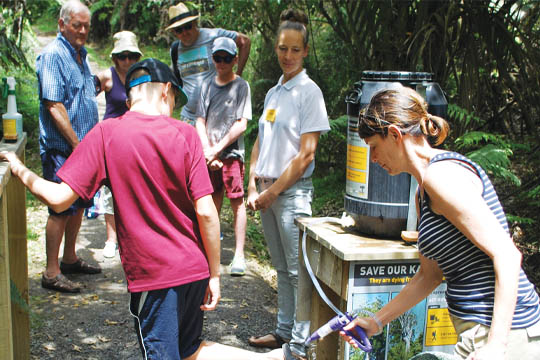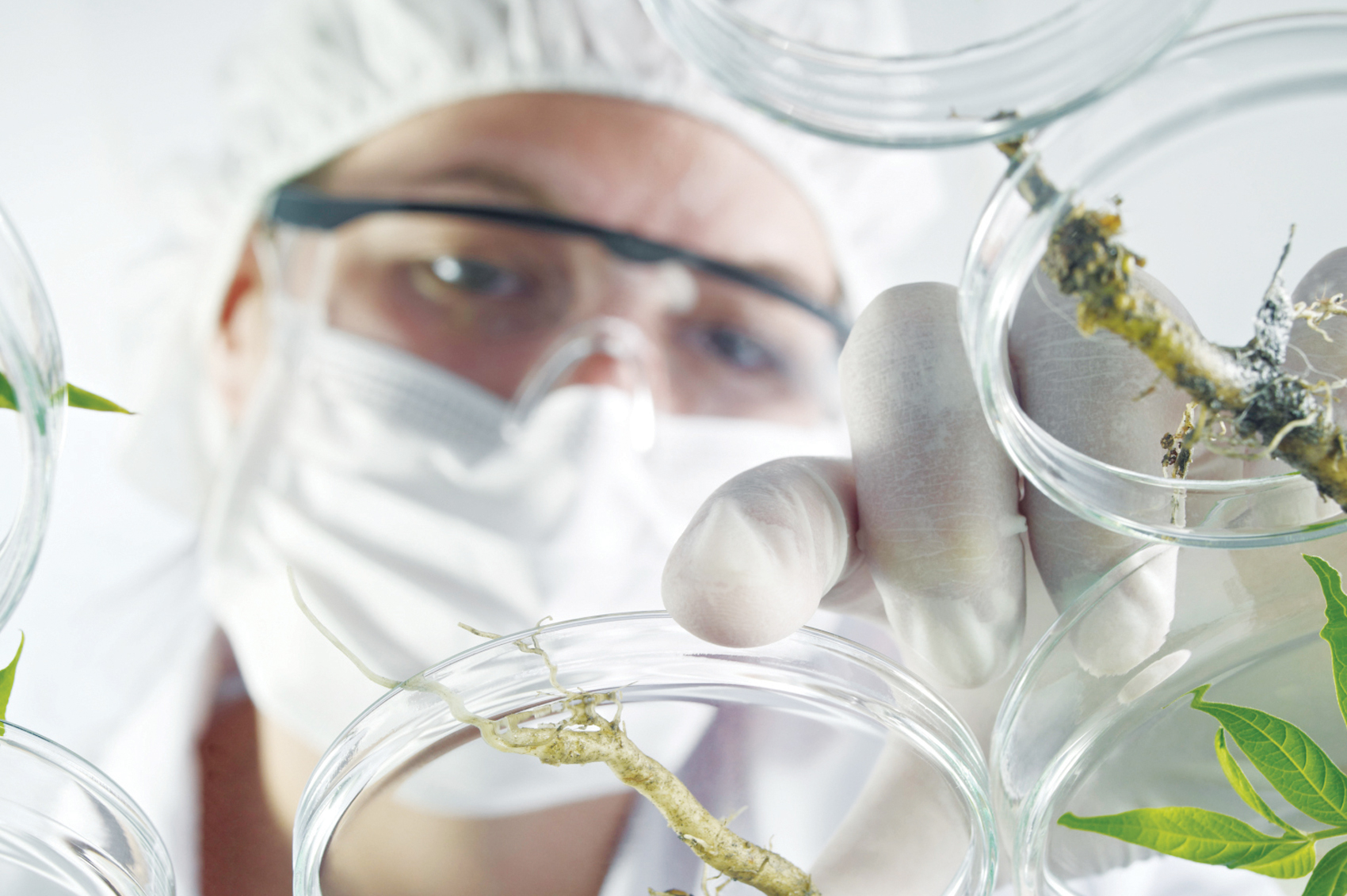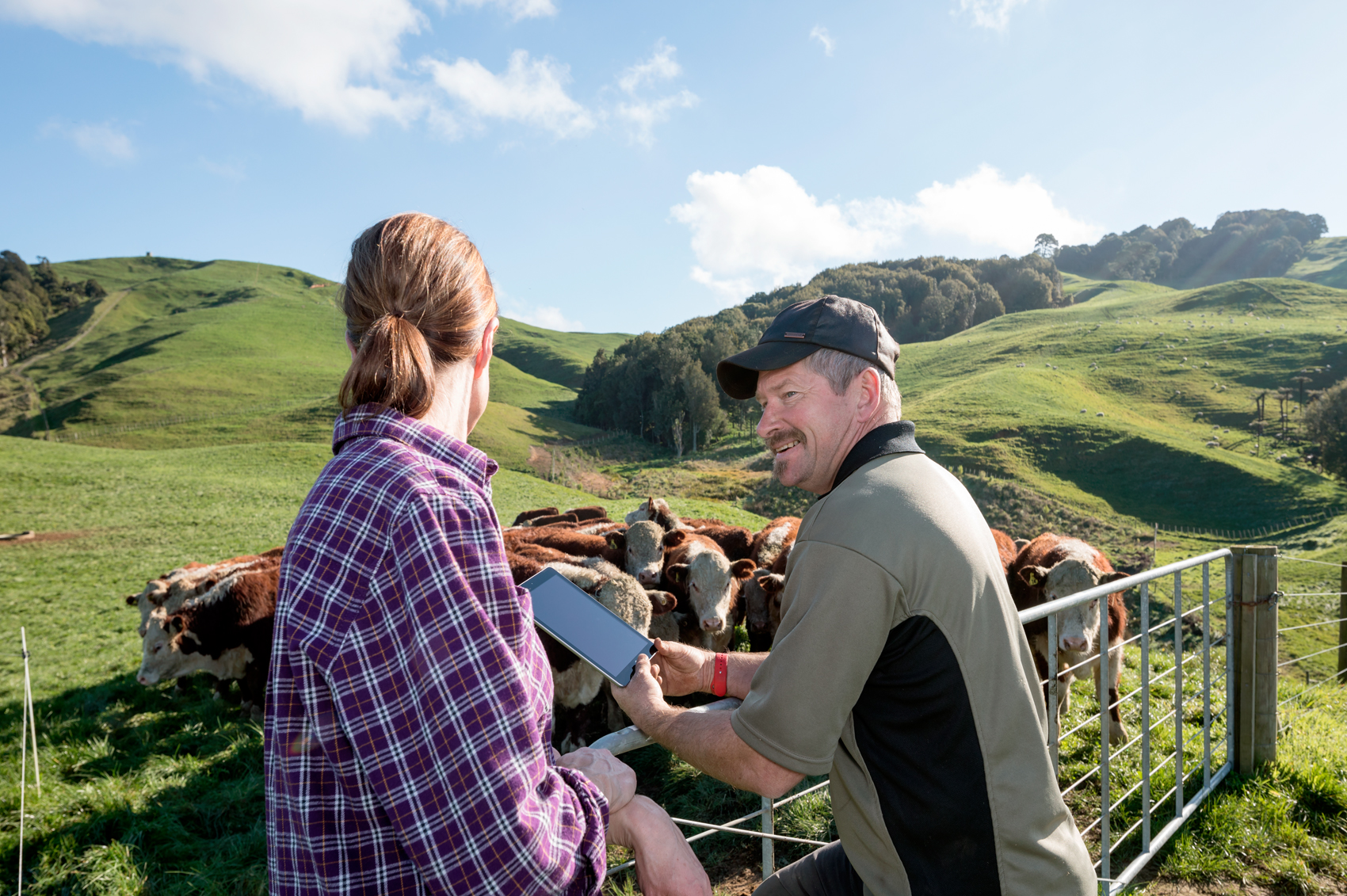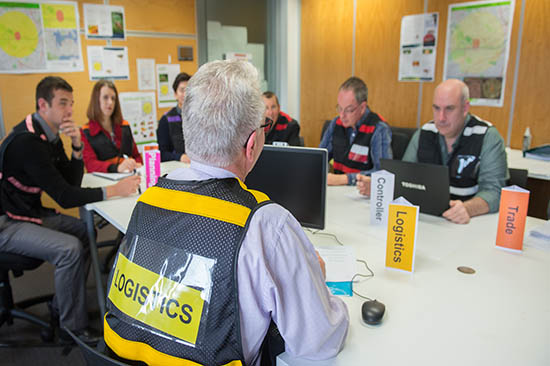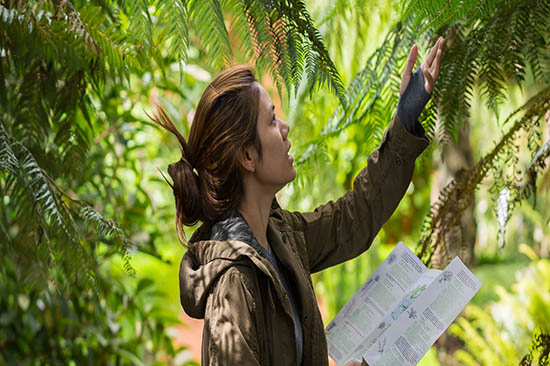Strategic Direction
What is Biosecurity 2025
Biosecurity 2025 is a partnership between individuals, iwi, hapū, non-government organisations, industries, businesses, community groups, and central, regional and local government. It provides a common direction for the collective efforts of all participants in the biosecurity system and takes a future-focused look at how to strengthen the biosecurity system in the face of increasing pressures, including the changing scale and complexity of global trade and travel, and climate change.
The work underway is vital in shaping the long-term outlook of biosecurity in New Zealand and in driving New Zealand’s biosecurity system over the next decade.
Inclusiveness and participation are central to the Biosecurity 2025 programme, the programme will be ensuring that every individual, business and organisation recognises their role and the contribution they can play in creating a stronger and more resilient biosecurity system.
Mātauranga Māori and kaitiakitanga are fundamental to the future of biosecurity and need to be incorporated into the way biosecurity outcomes are achieved. The strategy for Biosecurity 2025 has a clear objective that Māori need to be involved in all levels of the biosecurity system.
Much of what we do to protect biodiversity in New Zealand is fundamentally a biosecurity activity, from trapping rats in backyards to washing and disinfecting footwear when visiting kauri forests. We all need to play our part if we are to achieve our biodiversity ambitions. And if we don’t, we risk undoing the biodiversity gains that has have achieved in recent times.
About the Direction Statement
The Biosecurity 2025 Direction Statement was launched in 2016, and provides the direction New Zealand's biosecurity system needs to take over the next 10 years to make it more resilient and future-focused.
The Direction Statement belongs to all of us who participate in biosecurity. It draws on the collective views of people and organisations across the biosecurity system and outlines a direction that we can all see our role in. The strength of the Direction Statement comes from it having collective buy-in of system participants and us all working together towards the direction it sets out. It includes:
- a mission for biosecurity
- principles – to guide the way we will work
- strategic directions – the main priority areas for action and improvement
- targets for 2025
- initial actions – as a starting point for implementation.
The Strategic Directions
The Biosecurity 2025 Direction Statement identified five strategic directions, which set out the highest priority areas that the programme will focus on to be able to meet the challenges facing the biosecurity system. These strategic directions will help to drive change where it is needed, strengthen the parts of the system that are working well, and prepare us to take advantage of opportunities and respond to threats.
These strategic directions were developed with input from across the biosecurity system and they should be read as key parts of one big picture. Each one complements and reinforces the others. In saying that, the first strategic direction, 'A biosecurity team of 4.7 million', is crucial and will be a key part of success in delivering the other four directions.
Work plans have been completed for each strategic direction, which lay out what success would look like if the goals and outcomes are met, and the actions needed to deliver them. These plans are an important base from which the implementation plan will be developed. The plan reflects the breadth and complexity of the system, and includes the perspectives of Māori, scientists, industry and business, NGOs, local government and central government, universities, Crown Research Institutes, and many others.
Strategic Direction 1: A biosecurity team of 5 million
A collective effort across the country – aiming to make all New Zealanders aware of the importance of biosecurity and to get them involved in pest and disease management. We also want to make biosecurity a reflex action where thinking about and participating in biosecurity becomes fundamental to what we do as New Zealanders.
Strategic Direction 2: A toolbox for tomorrow
Harnessing science and technology to transform the way we do biosecurity and use science and technology to change the way New Zealanders do biosecurity. Science provides the foundation for our evidence-based approach to risk-management. It supports wise decision-making, the setting of rules and standards, development of tools to detect and eradicate pests and diseases, and innovation to solve problems.
Strategic Direction 3: Smart, free-flowing information
Tapping into the wealth of data available, building intelligence, and using powerful data analysis to underpin risk management to help manage biosecurity risk. Timely access to quality information is essential for evidence-based risk assessment, for anticipating and responding to risk, and for ensuring everyone across the system is on the same page.
Strategic Direction 4: Effective leadership and governance
System-wide leadership and inclusive governance to support all system participants in their roles. The performance of the system depends not only on the capability of each individual part of the system but on how they all work together.
Strategic Direction 5: Tomorrow's skills and assets
A capable and sustainable workforce and world-class infrastructure provides the foundation for an effective system. To be effective, the biosecurity system must be supported by enough people with the right knowledge, experience and skills at every level and across every function.
